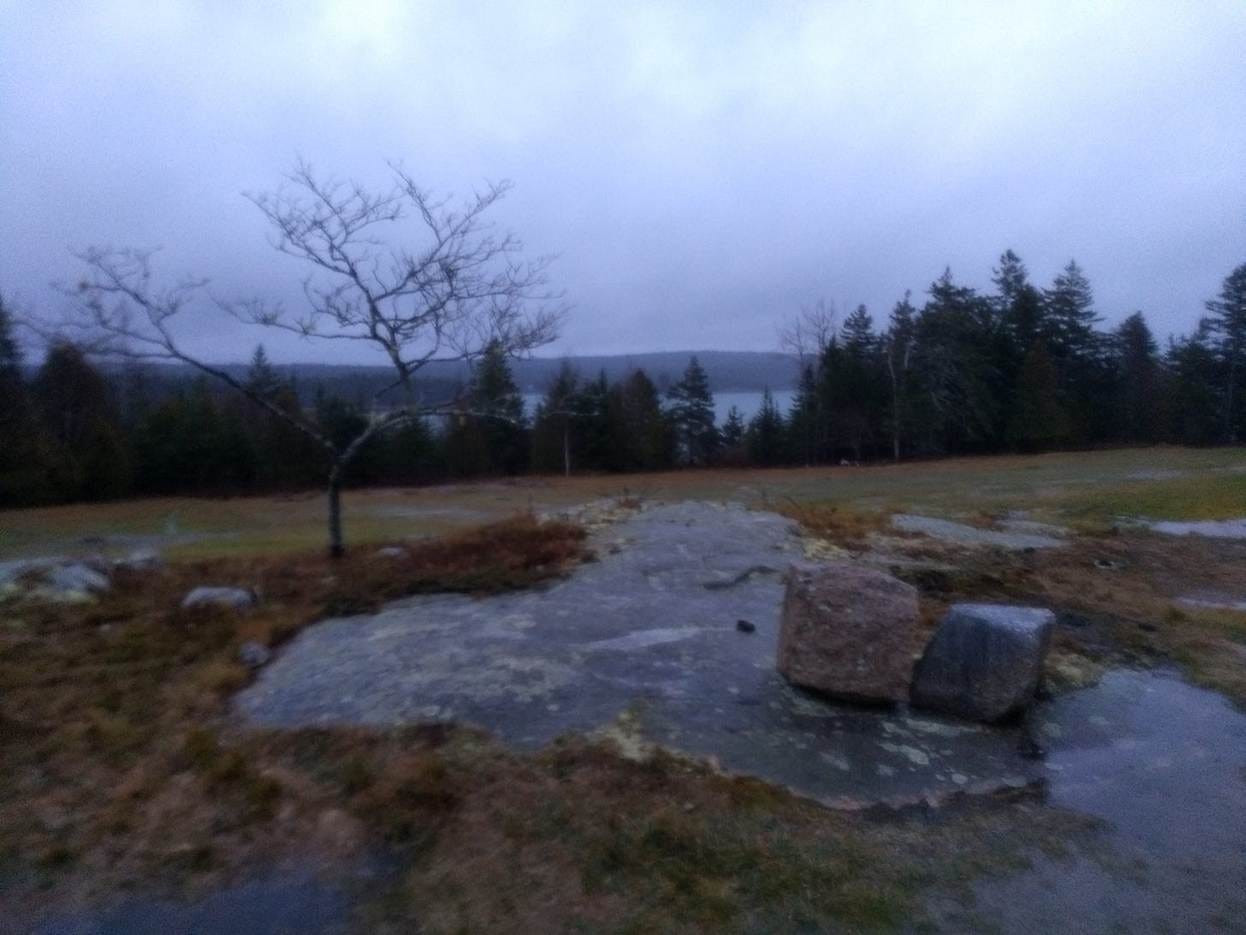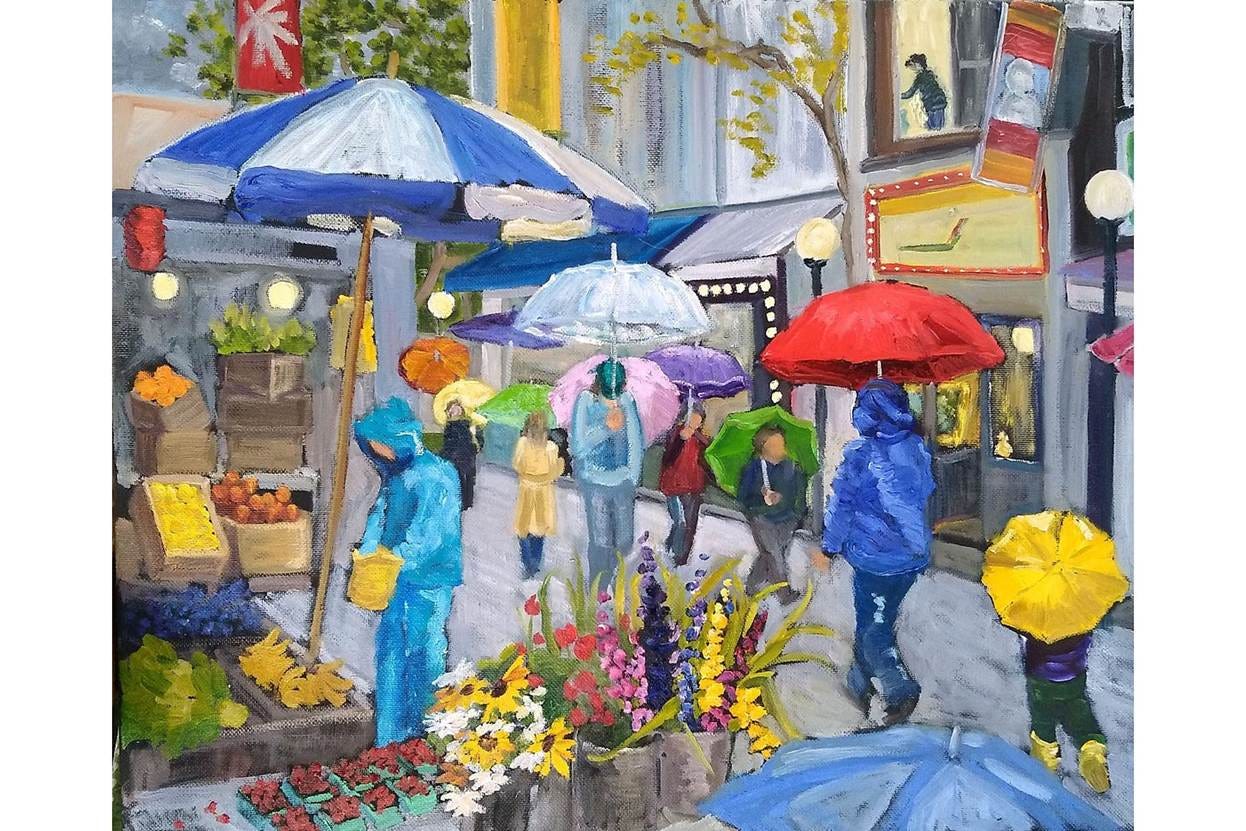About this time in my painting journey, I realized I had no innate drafting or drawing ability and that I would have to work rigorously on those skills if I wanted to paint. My horizon lines always slanted downward to the left. I could not draw a straight line parallel to the paper’s edge. I was not sensitive to the relative size and placement of objects. I could see these elements clearly, but something goes haywire between the act of seeing and the act of applying the pencil or brush to paper. I saw with great sophistication and detail, but for whatever reason, my hand could not duplicate what I saw. This got me thinking about the process we humans have for observing, taking in, processing, and then expressing our reactions. Especially in this day and age of wanting alternative facts to fit how we need or want to see our condition it is seductive to see work as ok when it isn’t. Music is easier. When I play piano striking the F instead of the G key, I know it. Unless we are tone deaf, we can clearly hear when an ‘A’ on the violin is off, and we cannot mentally manipulate that impression the way we can when something visually is not quite right.

Because I wanted great depth in my landscapes, I hunkered down to work on perspective. What a powerful tool this is in the visual arts! Think about all its meanings. There is, of course, the well-known image of the railroad track lines converging as they approach the horizon. (Do you know why they do this?) There are 2-point, 3-,4-,5-,6-point perspectives to help place objects in relative size. Cameras, and especially phone cameras, can really distort perspective. So if I want to use photos as the basis of a drawing or painting, I must know how to “see” the actual facts and not the disinformation of the phone camera. Take a picture of your pet pointing the camera at their nose. Look how big that nose is relative to the tail or butt!

There is also “atmospheric perspective.” The farther away an object, the narrower the range of value and color. Another perspective tool is the relative size of objects to one another. Place a bottle on your table and check its perceived size relative to the house across the street. You know the bottle is smaller than that house but…!
All these tools help us see accurately. They are the painter’s fact checkers!
I struggled mightily with this because for whatever reason I could not take the literal this is what it is transcend it to no, this is what I see. But because when these facts of what it is we actually see are inaccurate in a piece, I cannot enjoy or enter the work unless the inaccuracies were created with great intention in order to elucidate a vision. But if they are random errors, my eye leaves. When I began my drawing and painting journey, my eye was leaving much of what I was creating, so I knew I must work on the skills of accurately seeing and rendering honing my perspective.
It all comes down to one’s own perspective, and I want mine to be rooted in clear, accurate seeing. I am determined that any struggle I experience to render a fact of an object accurately will not dissuade me from trying over and over again until I get it right. I have a particular teacup that is a huge challenge. I use this humble cup by turning it in different directions to see if I can indeed recreate it on paper. Portraits are another tool I use to test my skills, for the human brain knows when a portrait is not quite right. During Covid when I spent a lot of time painting faces, I actually got good enough to begin to be creative in my portrait work because I had been practicing so much.
This is by Picasso. Look at the strength of the distortions. Picasso clearly decided to make these for the purpose of his vision.
Epiphany: I can see clearly now—but, darn, the eye-hand coordination still needs an awful lot of work.
PS: I will be teaching a class for Schoodic Arts for All this summer called : I Can See Clearly Now… We will investigate as many tools as possible that help the painter see clearly and then to render those observations.





It is so good to read your honest contemplations about art. I struggle with perspective. Trying and failing. Yes, practice practice practice. Thank you for your honest words.
I hope to take your class. If the dubs/ moons line up I’ll be there. Loved reading these pieces, hope the year is going well